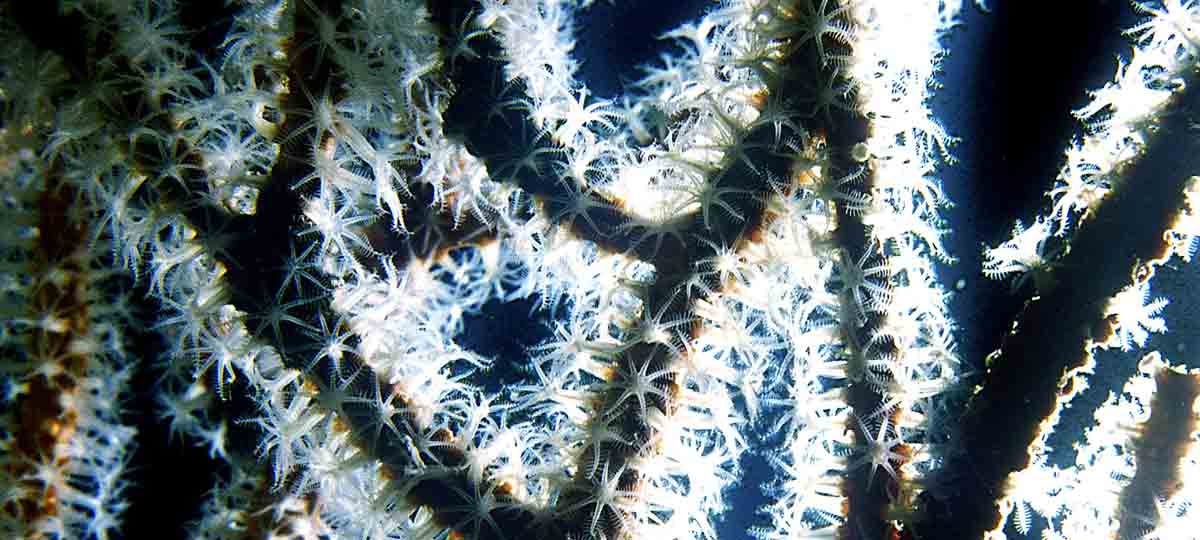Author / Editor: Joxe Mikel Garmendia, J. Germán Rodríguez, Ángel Borja, Javier Franco (AZTI-Tecnalia)
Year: 2010
Content: The drastic reduction of seagrasses observed worldwide, especially in the second half of the 20th Century, together with the high relevance of the ecological functions that they provide in the estuarine and coastal ecosystems, has instigated a high concern among scientists. Thus, it has promoted the execution of many restoration projects of seagrasses during recent years. Transplant of adult plants is one of the different methodologies used for the restoration of intertidal meadows. Using the case of the Basque Country estuaries, a methodology to carry out an appropriate selection of the area to be restored by transplants, is shown. This selection is considered as one of the key points for successfully restoration. Nowadays, Zostera noltii is the unique marine seagrass that grows at the estuaries of the Basque Country, showing intertidal populations in 3 (Oka, Lea and Bidasoa) out of the 12 Basque estuaries. The different environmental variables of the 9 estuaries without Z. noltii, as well as the current ecological status of their water bodies were analyzed and assessed. As result, Butroe estuary is the one that shows the best conditions for a successful transplant of this species, followed by the Oria and Urola estuaries.
Contact: biblioteca@azti.es


